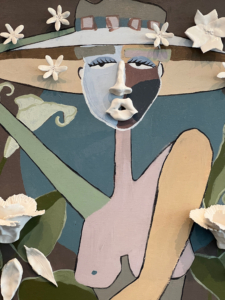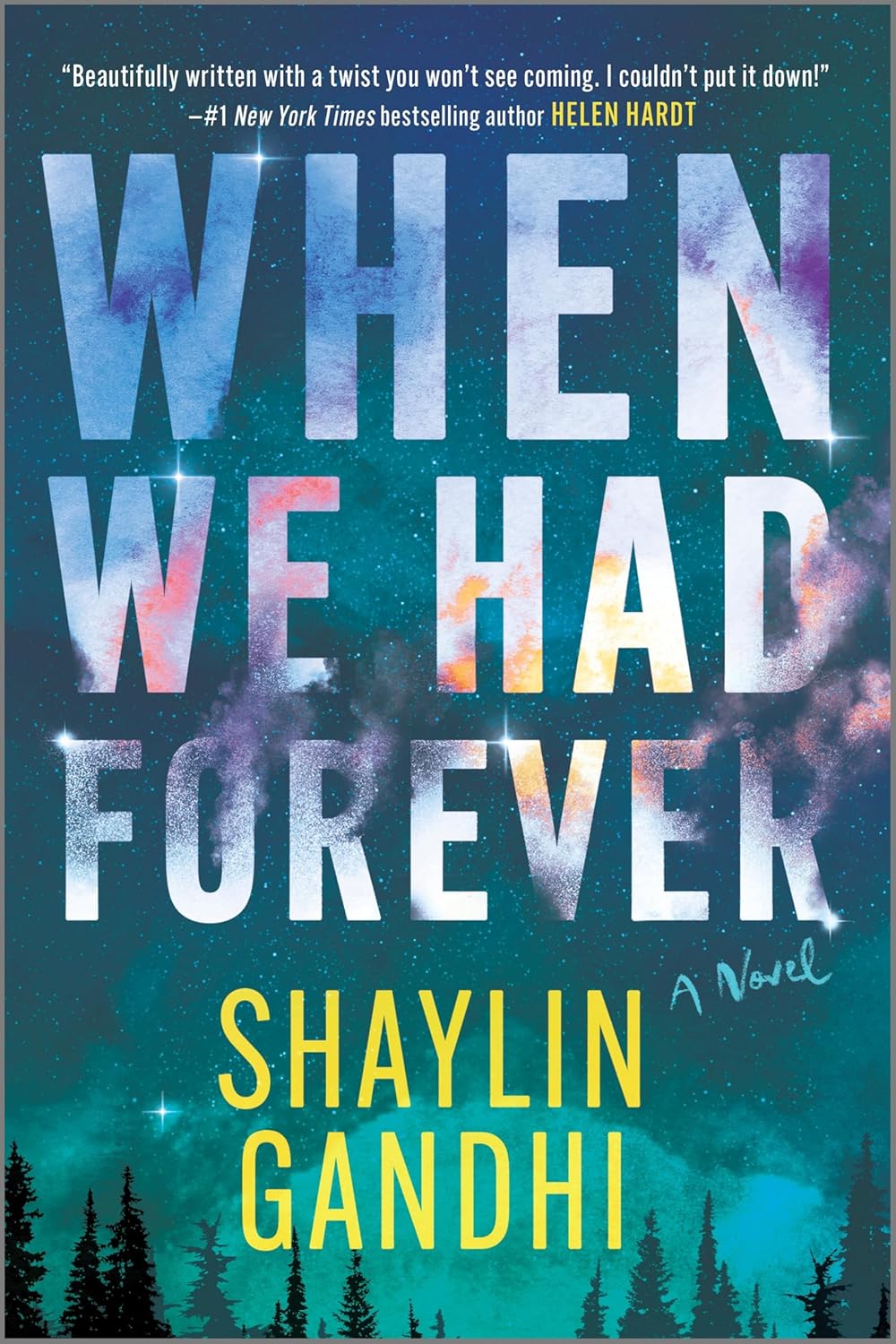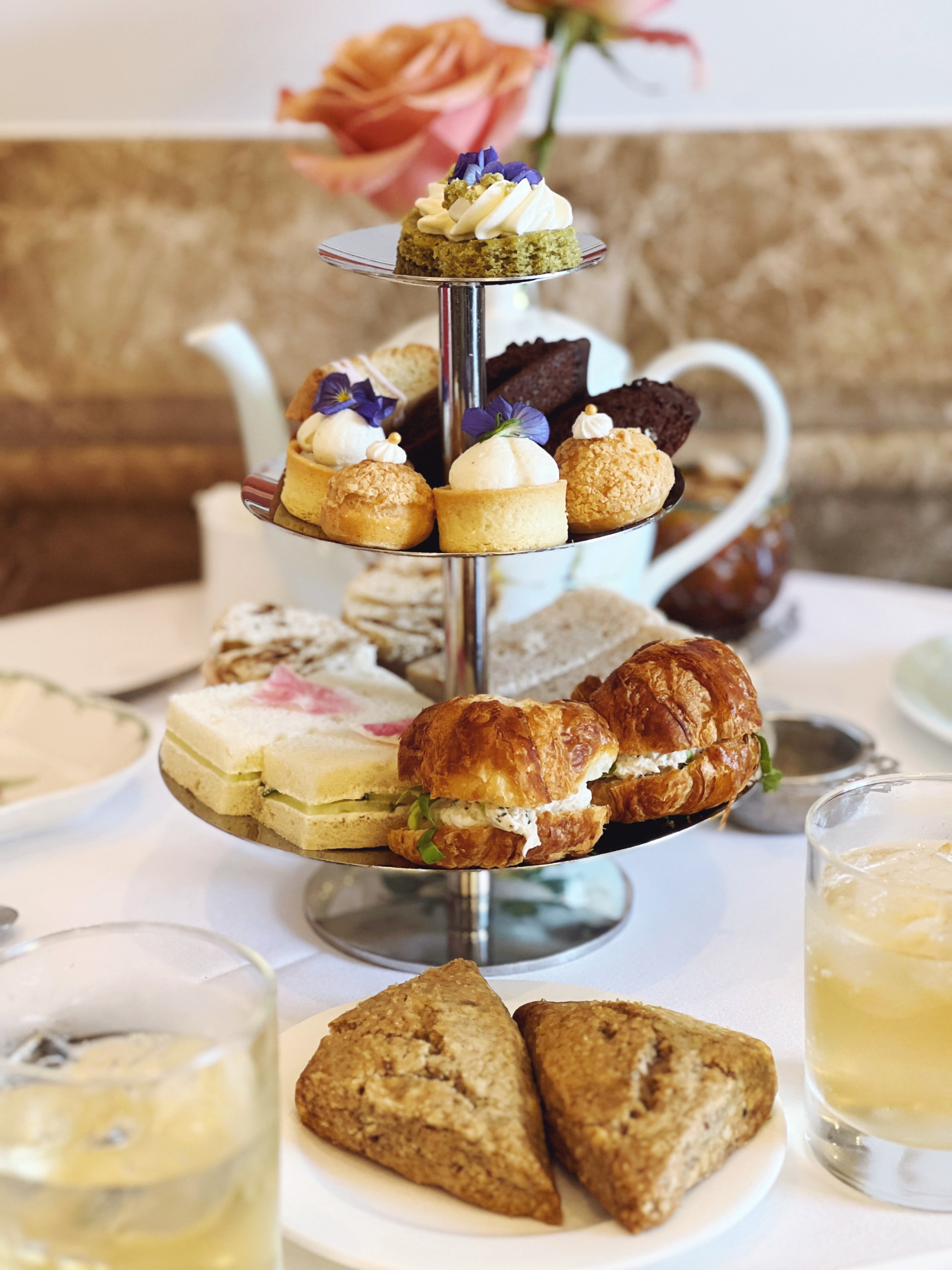“Long Gone, Come Home is a poignant and powerful debut novel set against the backdrop of the 1930s jazz era, the Great Depression, and the civil rights movement. Monica Chenault-Kilgore has penned a sweeping, poetic story of love and family told through the eyes of a courageous and unforgettable heroine.” —Chanel Cleeton, New York Times and USA TODAY bestselling author of Our Last Days in Barcelona
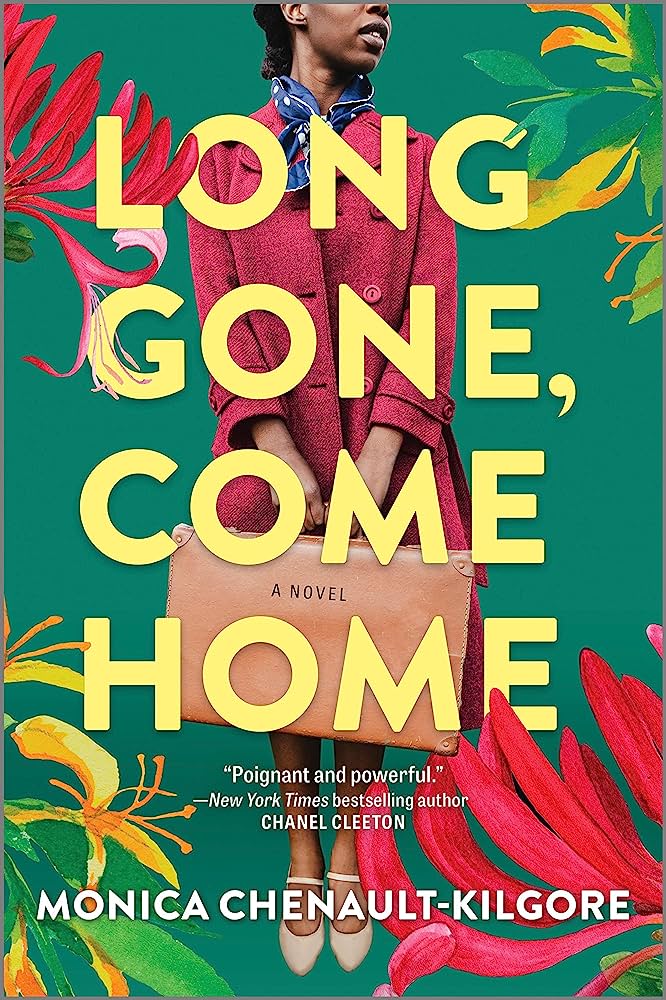
Today I’m sharing a Q&A with Monica Chenault-Kilgore, who just recently released her debut novel, Long Gone, Come Home. Set in the time periods between the jazz era, the Great Depression, and the civil rights movement, Monica shares the story of Birdie whose husband disappears, leaving her behind with two toddlers. As Birdie settles into her new life, her world is rocked once again when she witnesses a gruesome murder. Rather than sticking around to answer questions, Birdie flees for the big city with one goal in mind. Find her husband and bring him home.
In this interview, Monica shares what first interested her in the time periods covered in the novel, her favorite scene from the book, and what she’s writing next.
When did you first come up with the storyline for Long Gone, Come Home?
I’ve always wanted to write stories that illustrate how women hold the world in their hands, and how we discover our powers to recalibrate and balance. I believe we naturally renew, refresh, and reinvent ourselves.
Decades ago, I planned to interview multi-generational women to write a story about what their younger selves would advise their older selves. I started by interviewing Birdie, a beautiful and charismatic woman in her 80s who was a dear friend of my mother’s whom I had known since I was a little girl. Birdie recounted her family life in Kentucky, a stint working at a tobacco factory, and the loves in her life with such joyful optimism, it sparked my imagination. When I finished the interview, my creative juices began to flow.
Although inspired by real-life Birdie, Long Gone, Come Home characters and locales are an amalgam of the many memorable people and places I experienced growing up in Cincinnati, Ohio. The fictional story blossomed as I let the characters take me where it felt natural for their evolution and as I planted them into historically based situations which set the story on a trajectory of its own. I only knew that I wanted an ending that reflected my main character’s growth.
What first interested you in the time periods explored in the novel from the jazz era to the Great Depression and the civil rights movement?
I was commissioned by the local chapter of the National Association for the Advancement of Colored People (NAACP) and the County Cultural and Heritage Commission to document the experiences of our vanishing generation of veterans of WWII and the Korean War. Their personal stories fascinated me. It was an honor and a privilege to spend time with these remarkable individuals, who as young men, deferred their personal and professional dreams to travel abroad and fight, with pride, within a segregated military for a country that discriminated against them because of their color.
I was also enamored with the cultural explosion of the Harlem Renaissance period. Arts melded into politics and the emergence of the unapologetic celebration of black life from the Harlem literati such as Langston Hughes, Zora Neale Hurston, and notable jazz musicians who paved a road with new music that represented the times.
I was attracted to our inventiveness out of necessity due to Jim Crow segregation. African American businesses and institutions flourished within black neighborhoods. We were self-reliant and self-sufficient because we had no other choice if we were to survive and thrive to achieve The American Dream.
Tell me about your research process for the book. What was one of your most interesting finds?
To create a transportive slice of life during the 1930s – 40s, I researched resources at the Schomburg Center for Research in Black Culture in New York, the Rutgers University library, and various other public libraries. I read newspaper and magazine articles detailing church events, high society pageants and balls, arts and entertainment reviews, and classified advertising to replicate the flavor and tone of the period.
I was surprised to see many of the political issues and actions taken then unfortunately mirror the same issues that we see today in the chyrons flashing across television news broadcasts.
During the 1930s – 40s, there were heated presidential campaigns where the fight for votes fell along racial and regional lines; the ramp-up and entry into the war; the fight for jobs, and flight to other regions within the country for housing and education. Sound familiar? All that is missing is a pandemic!
Throughout the book, Birdie grows as a character and realizes just how strong she really is. As a writer what was it like seeing how far Birdie had come since the first chapter?
To be honest, at first, I didn’t like the Birdie I created. I had to ask myself if she was reflective of the strong-willed women who surrounded me as I grew up. I made her more human, more inquisitive, and unafraid. I wanted to show her absorbing the world around her, taking what she learned, and using it to build the life she wants for herself and her children. She’s flawed but becomes stronger with each experience. As the character developed, I began to like this woman. I see her confidently taking on the future and becoming successful on her own.
What aspects of Birdie remind you of yourself?
The character Birdie is probably a lot more of me than the Birdie I interviewed. I like her resourcefulness. When confronted with an issue, she uses what she has on hand to creatively resolve the problem. I like her perseverance. She’s relentless and doesn’t give up when faced with a challenge. I’d like to think I possess those qualities to a degree.
What is one of your favorite scenes from the book?
That’s tough. My writing process is that I write scenes and then piece them together to create a story. A scene can be sparked by the sound of footsteps behind me while I’m walking in the park or watching squirrels jumping from tree to tree. A scene can come from a melody or lyrics from a song or even a piece of a conversation I overheard about how to make a cake that tastes like grandmas. I get thoroughly immersed in visualizing and writing a scene, so it’s hard to choose one. I guess a sentimental favorite is when Birdie comes home to take care of an ailing Mama.
If Long Gone, Come Home was turned into a feature film. Who do you see playing Birdie and Jimmy?
And I would love for that to happen!!! There are so many fantastic actors out there. For Jimmy, someone like John David Washington (Amsterdam, Tenet) or Stephan James (If Beale Street Could Talk); and for Birdie, an actor with a range to progress in age and maturity, such as KiKi Layne (If Beale Street Could Talk) comes to mind.
Who are some of your fellow authors who have inspired you?
Toni Morrison has always been my inspiration, as well as playwright August Wilson. Both are incredibly poetic wordsmiths.
Are you working on your next novel, and if so can we get a sneak peek?
I can’t wait to share my next story with the world! The story takes place from the turn of the century to the mid-1920s.
As a child, Lucille Love sang as part of a tight-knit family trio, The Traveling Loves. She was billed as “the little girl with the big voice” and traveled throughout the south in a horse-drawn wagon with her parents from churches to sawdust tent revivals along the evangelist and medicine show circuit. As a young woman, she aspires to be a Vaudeville singing sensation, but the road to her dream is a bumpy one, filled with hard lessons in life and love while navigating a grueling business that requires all who desire the top spot to pay their dues with blood, sweat, and tears. For Lucille Love, her payment of dues of blood is a decades-old incident that resurfaces and threatens her reputation and her chances to become queen of the footlights; the sweat is a backbreaking tour route with a band of colorful characters that can’t seem to stay out of trouble; and the tears, well, you’ll have to wait and see.
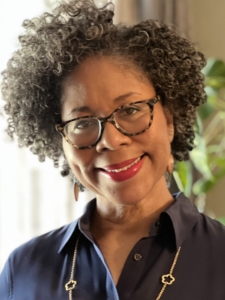
— About the Author —
Monica Chenault-Kilgore was born and raised in Cincinnati, Ohio and currently lives in Edison, New Jersey. She is a graduate of The Ohio State University School of Journalism. Her published works include Liberty and Justice for All…Profiles of Middlesex County African American Veterans of WWII and the Korean War which is available in the public library. She formerly worked as a Contributing Reporter for The Home News Tribune and The Courier News newspapers.
Order your copy of Long Gone, Come Home.



